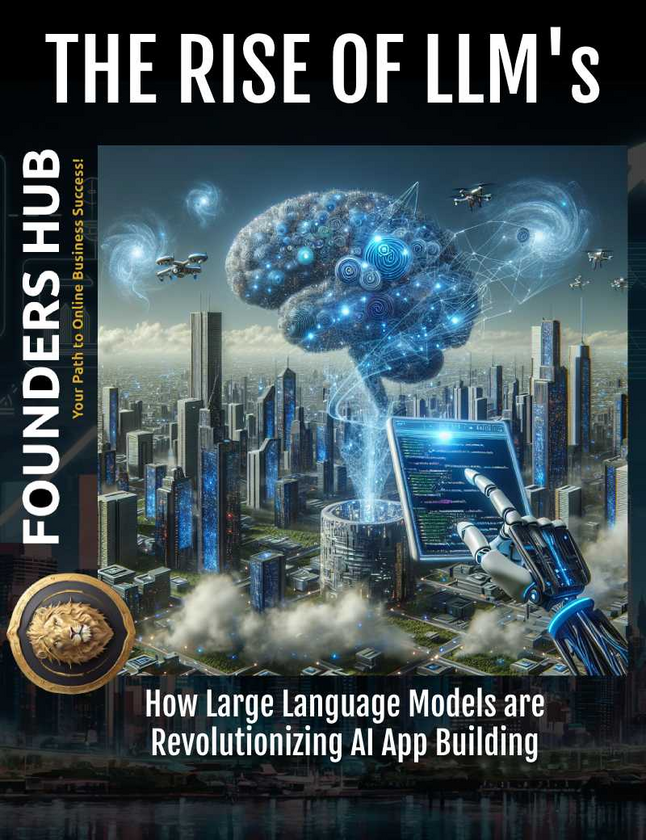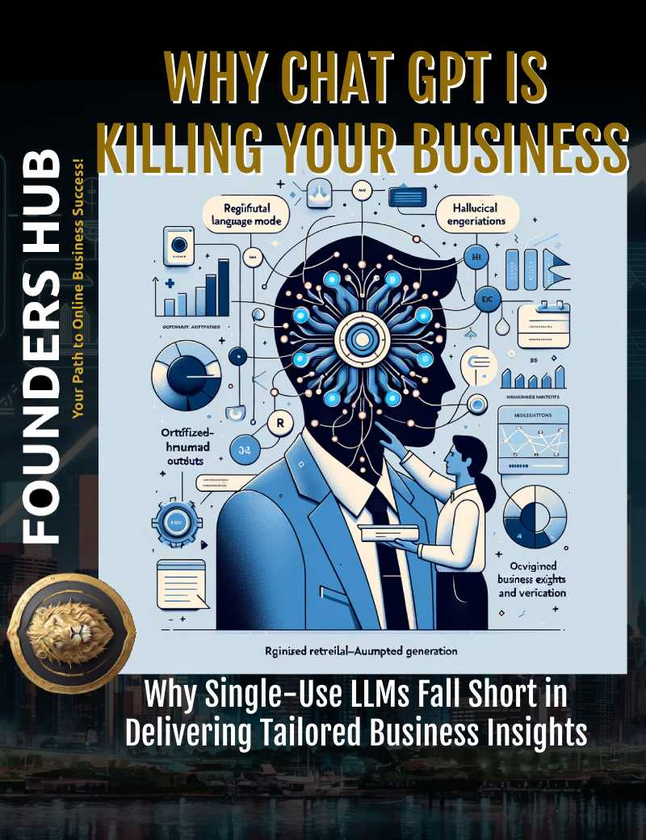In the rapidly evolving world of technology, the emergence of Large Language Models (LLMs) has sparked a revolution in the way we approach Artificial Intelligence (AI) application development. These powerful language models, trained on vast amounts of text data, are transforming the AI landscape, empowering developers to create more intelligent, versatile, and user-friendly applications.
The Power of LLMs
LLMs, such as GPT-4, Perplexity, Gemini, and T5, have demonstrated an unprecedented ability to understand and generate human-like text. This remarkable capability has opened up a world of possibilities for AI-powered applications. From natural language processing and generation to machine translation, sentiment analysis, and text summarization, LLMs have become the backbone of many cutting-edge AI solutions.
One of the key advantages of LLMs is their remarkable flexibility. These models can be fine-tuned or adapted to a wide range of tasks, allowing developers to leverage their powerful language understanding and generation capabilities in a variety of AI-driven applications. This versatility has led to a surge in the adoption of LLMs across industries, from customer service chatbots and content creation tools to document analysis and code generation platforms.
Revolutionizing AI App Development
The impact of LLMs on the AI app development landscape is truly transformative. Traditionally, the process of building AI-powered applications has been a complex and resource-intensive endeavor, requiring specialized knowledge in machine learning, natural language processing, and other technical domains. However, the rise of LLMs has democratized AI development, enabling a wider range of developers to create intelligent applications without extensive AI expertise.
Rapid Prototyping and Iterative Development
With LLMs, developers can quickly prototype and iterate on AI-powered features, testing different approaches and refining their applications based on user feedback. The ability to generate human-like text, understand contextual nuances, and perform a variety of language-based tasks allows developers to build and test AI functionalities more efficiently, accelerating the overall development process.
Improved User Experiences
LLMs have also revolutionized the user experience of AI applications. By leveraging the natural language understanding and generation capabilities of these models, developers can create more intuitive, conversational, and engaging interfaces. Users can interact with AI-powered applications using natural language, leading to a more seamless and user-friendly experience.
Democratization of AI Development
The accessibility of LLMs has also democratized the field of AI development, empowering a wider range of developers, entrepreneurs, and small businesses to incorporate intelligent features into their applications. With pre-trained LLMs and user-friendly APIs, developers can now integrate AI capabilities into their applications with relative ease, without the need for extensive machine learning expertise.
The Future of LLMs in AI App Building
As the adoption of LLMs continues to grow, the future of AI app development holds even more promise. Researchers and developers are constantly pushing the boundaries of LLM capabilities, exploring ways to enhance their performance, robustness, and safety. Advancements in few-shot learning, multilingual support, and commonsense reasoning are just a few of the areas where LLMs are expected to make significant strides.
Moreover, the integration of LLMs with other AI technologies, such as computer vision, reinforcement learning, and edge computing, will likely lead to the creation of even more sophisticated and versatile AI applications. This convergence of AI disciplines will enable developers to build truly intelligent, multimodal systems that can understand and interact with the world in more intuitive and human-like ways.
Conclusion
The rise of Large Language Models has undoubtedly transformed the AI app development landscape, empowering developers to create more intelligent, user-friendly, and accessible applications. By harnessing the power of LLMs, developers can now prototype and iterate on AI features more efficiently, deliver improved user experiences, and democratize the field of AI development.
As the capabilities of LLMs continue to evolve, the future of AI app building holds immense potential. With the integration of LLMs with other AI technologies, we can expect to see the emergence of even more intelligent and versatile applications that will redefine the way we interact with technology. The journey of LLMs in AI app development is just beginning, and the possibilities are truly exciting.
To learn more about the latest developments in AI app building and how you can leverage LLMs to enhance your own applications, visit thefoundershub.co.



















